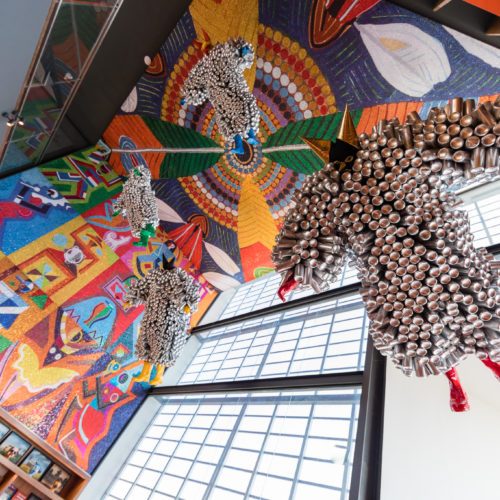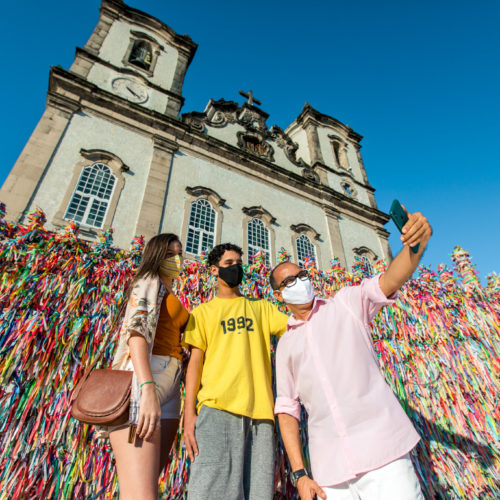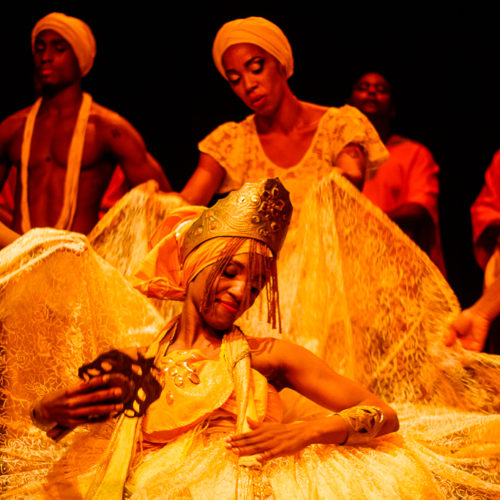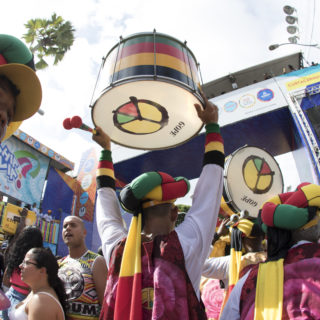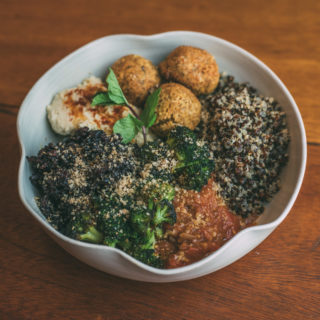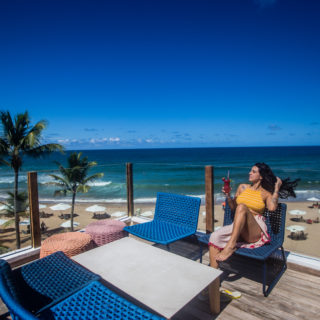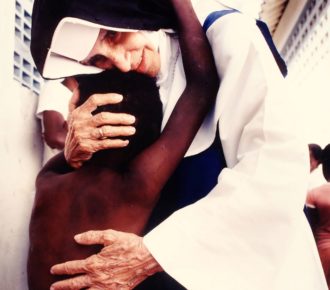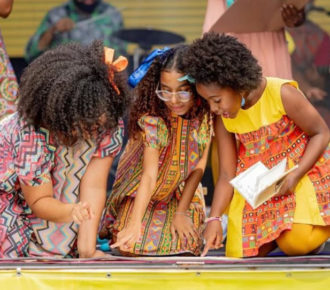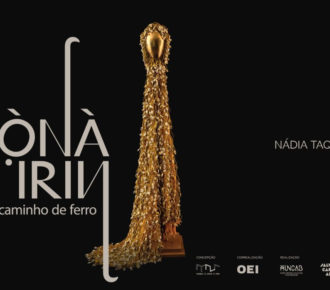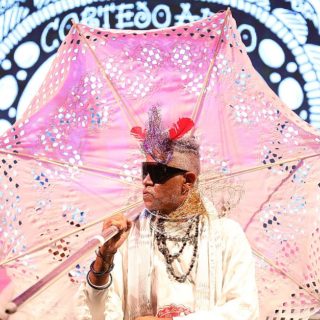
Enjoy your July vacation and discover this vibrant, sunny and multicultural city
July vacation has started and you decided to come to the capital of Bahia for the first time. Visit Salvador da Bahia has prepared some itineraries full of tips for tourists who come to spend 3 days in the city. It has suggestions for cultural tours, sights, restaurants, entertainment, outdoor walks and beaches for those who want to have nice experiences throughout the day.
Salvador is love at first sight, a vibrant, musical and colorful city. When planning your trip, you probably listed experiences that will make you feel the city in its essence, a summary of what Salvador is all about. Sun, good meetings, gastronomy, cultural life, music and parties are some of the reasons that certainly made you choose Salvador. Do you want a schedule with touristic sights for a beautiful photo, but also want to feel part of the city? So come with us!
First day
Morning
First, go to the Lower City. Salvador has many traditions and certainly one of the most important is going up the Holy Hill to give thanks at the Basilica Santuário de Nosso Senhor do Bonfim. As the popular saying goes: “Whoever went to Bahia and didn’t go to Bonfim, didn’t go to Bahia”.
Attend a mass and visit the church museum. The church has Masses every day. However, Fridays are the most traditional and are the time when Bahians and tourists dress in white in gratitude to Senhor do Bonfim. In Masses, it is even possible to carry a replica of the image of the saint during the offertory moment (you can register on the sanctuary website).
There, you will tie a ribbon to the famous railing. Much more than a way to remember the trip, the item is synonymous with faith and tradition and has the power to make three wishes come true, according to popular belief.
Then, have lunch at one of the great restaurants close to the church, preferably facing the sea.
Afternoon
In the afternoon, head to the Upper City, in the Historic Center of Salvador, and visit Casa do Carnaval (House of Carnival). The first revelry museum makes a visual and sensorial journey in the thematic clippings of the party. There are models, clothes and instruments loaned by artists of the party, photos and historical documents, in addition to two cinemas where visitors can learn the rhythms of the party wearing costumes and with the help of monitors. Several video projections are also part of the collection, so each visitor makes his “trip” through the house in a particular way. To close the tour, watch the sunset from the terrace. There, you will find “Mãe Comida Afetiva”, with delicious snacks.
Night
To start your night, how about a drink at the “O Cravinho” bar? A trademark of street parties, the “cravinho” – a drink made from cloves and cinnamon – brings a very full-bodied taste and aroma. Created in the early 1980s, O Cravinho has four internal environments, one of which is a small shop with several interesting items for tourists. It has a large amount of typical infusion drinks such as: Cravinho (cachaça, cloves, honey and lemon), Canela (cachaça, cinnamon, honey and lemon) and Jatobá (cachaça, Jatobá bark, honey and lemon).
Another perfect suggestion for your first night in Salvador is to attend the Balé Folclórico da Bahia show. The performances of Balé Folclórico da Bahia are passionate and energetic shows. A scenic language that captures, in its purest state, the folkloric manifestations of Bahia, its histories, habits, colors and influences – and has already earned the company awards and tours throughout Brazil and around the world.
For those of you who have never been to the show, know that when the public enters the Miguel Santana Theater, in Pelourinho, an immersion in the memory of the popular imagination takes place, through choreographies that amplify and re-signify maculelê, samba de roda, capoeira, dances and rituals from Candomblé terreiros to the stages. Unmissable!
Second day
Morning
Salvador is a solar city with beautiful beaches and natural pools, crystal clear water and warm baths. Today, your day begins with a dip in Porto da Barra, one of the most beloved stretches of sand for Soteropolitans. There are many reasons for that. There are some classics there, such as the calm sea, eating a curd cheese skewer, having an umbú geladinho or a Capelinha peanut popsicle, jumping from the trampoline, taking a SUP or Hawaiian canoe ride (yes, you can do all that there! ).
It was in the current Porto da Barra beach that the governor-general Tomé de Sousa landed with men and materials, founding the city of São Salvador da Bahia de Todos os Santos in 1549, in the 16th century. So, here’s a good suggestion: before or after the beach, take a really nice photo at the City Foundation Landmark (Marco da Fundação da Cidade do Salvador).
In the same cove, at Forte Santa Maria, is the Pierre Verger Space of Bahian Photography. In a single place, it is possible to travel throughout the state, and to every corner of this city. How? In breathtaking photographs, great professionals present Bahia from different perspectives, showing the cultural diversity of this wonderful land. This combined with projections, cinema-room, interactive map and virtual reality.
Afternoon
Let’s eat some very regional food? Our suggestion is to have lunch in the neighborhood of Rio Vermelho, at Dona Mariquinha or Casa de Tereza restaurants. To end the afternoon, watch the sunset from the short wall of Casa de Iemanjá.
At Dona Mariquita, the dishes are colorful and full of flavor, and along with the impeccable decor, inspired by Candomblé terreiros, and the pleasant lighting, they make you want to stay there for hours enjoying each bite. The flagship of the house is a very Bahian dish that has been forgotten and others don’t even know about it. It’s called “Hauçá rice”. Take the opportunity to drink the tamarind caipiroska, as it is hard to find elsewhere!
At Casa de Tereza restaurant, one of the most famous dishes is the “moqueca Trilogia do Mar”, prepared with lobster or octopus, shrimp and fish. Another attraction is the decoration. Wherever you look, you find art. From tables painted by plastic artist friends to a decoration artifacts store, this is a restaurant that sharpens the senses and has practically become a tourist spot for visitors who really want to get to know the city.
Night
Rio Vermelho is known for being the bohemian neighborhood of the city, so, of course, our suggestion is to go there and check it out! Make a technical stop for an acarajé (because the night promises to be long). Acarajé da Cira (Largo da Mariquita), Dinha (Largo de Santana) or Regina (near Casa da Mãe) are the famous acarajé boards not only in the neighborhood, but in the entire city. Choose the ingredients you like the most – but be careful with the amount of pepper – and delight yourself with one of the icons of Bahian cuisine.
Go from bar to bar. This is the fun of the night in Rio Vermelho. You can walk around the places, listen to good music and have good drinks in several bars and restaurants, in one night. Go to Eco, then Bombar, and end the night at A Borracharia. Friend-Tip: take your sunglasses, because, as we say in Salvador, it’s likely that “today, you won’t come back until tomorrow”!
Third day
Morning
It was a good night, huh, my friend!? So, book a table for an unforgettable and reinforced breakfast, around 10:30 am, at Pousada do Boqueirão, in Santo Antônio Além do Carmo. Today, you deserve all the delights of Bahian breakfast, such as: tapioca porridge, boiled plantain, cooked cassava and the inn’s darling: homemade bread. All delicacies are prepared right there, in the inn’s kitchen, such as jams and mango or tamarind chutneys, cakes, snacks and sweets. The tables are arranged on a cool, comfortable and flowery balcony, with a breathtaking view of the bay.
Afternoon
Take the opportunity to take an unpretentious walk through the neighborhood. Santo Antônio Além do Carmo is beautiful, with a country vibe. On the walk, it is worth a visit to Studio Agá, Casa Boqueirão and Galeria Tempo. All of them have a gallery/studio/shop feel, which is why they are perfect for appreciating relevant creators from both the local and national scene, as well as having items to buy such as artworks, paintings, prints, postcards, magnets, stickers, t-shirts, photography, mugs and the like, which represents so well this contemporary Salvador.
Night
Continue walking through the Historic Center. You can have a drink or juice, facing the All Saints Bay, at the Antique Bistrô, right in front of the Convento do Carmo church. There, you can also have dinner. One of the suggestions is the artisanal sausage with wine reduction and artisan bread. The night calls for a concert at Concha Acústica at Teatro Castro Alves, in Campo Grande. Or, if you want to go somewhere on foot, check out the schedule of the squares of Pelourinho at this link.
Service:
Igreja do Nosso Senhor do Bonfim (Church of Nosso Senhor do Bonfim)
Restaurants in Pedra Furada
Casa do Carnaval (Carnival House)
Mãe Comida Afetiva
Bar O Cravinho
Balé Folclórico da Bahia
Porto da Barra beach
Espaço Pierre Verger da fotografia baiana (Pierre Verger Space for Bahian Photography)
Dona Mariquinha Restaurant
Casa de Tereza Restaurant
Casa de Yemanjá
Acarajé in Cira, Dinha or Regina
Bombar
EcoRV
Borracharia
Pousada do Boqueirão
Studio Agá
Casa Boqueirão
Galeria Tempo Arte Popular (Tempo Gallery)
Antique Bistrô
Concha Acústica do Teatro Castro Alves
Concerts in the squares of Pelourinho

